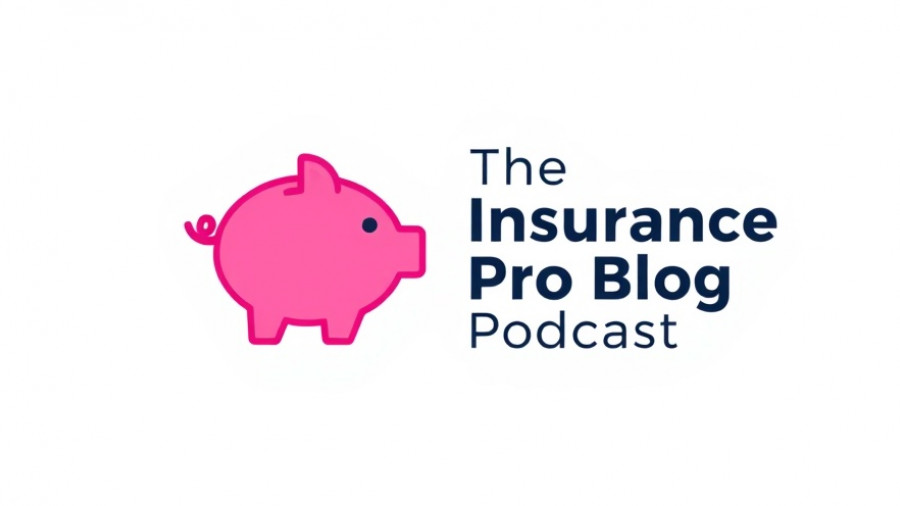
Understanding Index Universal Life Insurance: Stability Amidst Market Fluctuations
For families, professionals, and financial advisors alike, navigating the complexities of investments and insurance can feel daunting, especially in a volatile financial landscape. One product that often draws skepticism is index universal life insurance (IUL), often criticized for its seemingly optimistic projections. However, delving deeper reveals that even in the face of adverse market conditions, IULs can still deliver value to policyholders. The myth that a few bad years can devastate an IUL’s potential is not just misguided; it overlooks the product’s inherent flexibility and capacity for recovery.
The Resilience of IULs: What Happens During Market Downturns?
When we examine the performance of an IUL policy, particularly during challenging economic periods, we find a refreshingly resilient characteristic. For instance, consider the scenario of an IUL experiencing 15 consecutive bad years from inception. Surprisingly, even in this worst-case scenario, policyholders can expect their retirement income to remain nearly intact. This is because IULs are designed with the foresight that not all years will yield growth. Instead, they offer a safety net through floor rates that protect against market downturns, allowing for eventual recovery when the market rebounds.
Real-Life Examples Highlighting IUL Performance
Looking back on real-life examples from policies under management, we see a compelling narrative unfold. Many IULs have encountered significant cap rate reductions yet have defied expectations by maintaining robust performance. This persistence serves to debunk the myth that lower cap rates lead inevitably to poor outcomes. As long as policyholders remain informed and proactive about their insurance planning, the effects of temporary downturns can be mitigated effectively within their broader financial strategy.
Beyond the Critique: The Strategic Advantages of IULs
While it may be easy to focus on the negatives, understanding the nuances of IUL can shift perceptions dramatically. One key advantage that many overlook is the adaptable nature of IULs, which allows them to fit seamlessly into a long-term asset protection plan. Furthermore, by leveraging IULs, families can create a reservoir of generational wealth that provides not only for themselves but also for future generations. Such strategies underline the importance of a comprehensive insurance planning approach that views volatility as an opportunity rather than a setback.
The Financial Landscape of IULs: Preparing for Future Trends
Looking ahead, it is vital to keep abreast of prevailing financial trends that may impact life insurance products. As market conditions continue to evolve, insurance planning must adapt. The emergence of new investment vehicles and changing market circumstances will likely influence the way IULs are structured and understood. Financial advisors must remain vigilant, preparing clients to engage with IULs proactively and judiciously, ensuring they understand both the risks and rewards involved.
Take Charge of Your Financial Future with IUL
As families and wealth builders explore options for safeguarding assets and ensuring a prosperous financial legacy, there is no denying the potential of index universal life insurance. By integrating IUL into your financial strategy, you can enjoy the benefits of flexible growth potential, asset protection, and a pathway to generational wealth. Embrace this innovative product to elevate your insurance planning, allowing you to weather financial storms with confidence.
Ready to explore how index universal life insurance could work for your situation? Contact us today to discuss your specific goals and see if IUL fits into your financial plan.
 Add Row
Add Row  Add
Add 




Write A Comment